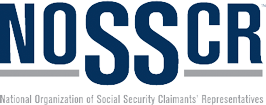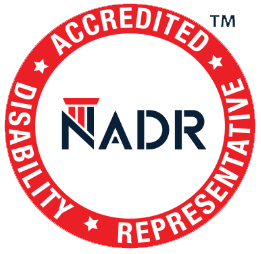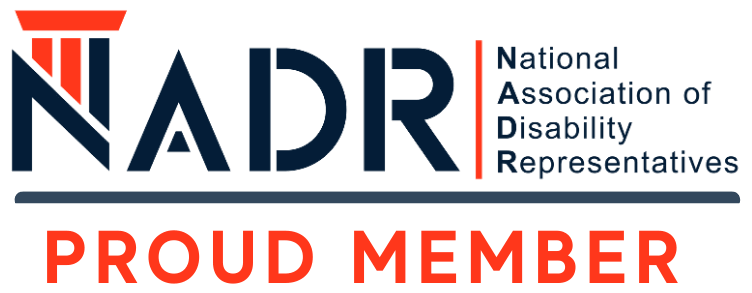What is the Income Limit for SSI?
While generally we never think in limits when it comes to income, the SSI program has strict limits. SSI, or Supplemental Security Income, is a federal income supplement program. It is designated for those who have little or no income who are also aged, blind, and/or disabled. This is different for Social Security disability insurance (SSDI). SSI provides additional income to meet basic needs for living, such as food, clothing, and shelter. So, how much, or how little, do you have to make to qualify? Read more below on the income limit for SSI.
Types of Income
You need to first understand what times of income SSI takes into consideration.
- Earned Income: This is what you generally think of when someone says income. It’s your paycheck. These are wages paid to you. It can be from employment, certain royalties, and/or sheltered workshop payments.
- Unearned Income: Any money not obtained by business or trade is considered unearned income. It includes Social Security benefits, state disability payments, unemployment benefits, interest income, and dividends. This can also include cash from friends and family.
- In-kind Income: For SSI, this means food or shelter you get for free or less than fair market value. There are some exceptions but generally, if you aren’t paying or have to pay back, this is considered in-kind.
- Deemed Income: Slightly different from in-kind income, if you have a spouse, parents, or sponsor that you live with, it is considered part of your income. This is used to computed your SSI benefits amount.
All of the above are counted as income, called countable income, but what isn’t? Here are examples of what doesn’t count for SSI, called uncountable income:
- income tax refunds
- food stamps
- home energy assistance
- irregular or infrequent small cash amounts received
- grants, scholarships, fellowships, or gifts for educational expenses
- disaster assistance
Income Limit for SSI
Now that you understand what income is considered, here is what the income limit is based on. For the SSI program, your limit is based on the federal benefit rate (FBR). The federal benefit rate is specific to SSI and linked to the consumer price index. For those eligible in 2019, the FBR provides for a maximum SSI payment of $771/month for individuals and $1,157/month for married couples. This differs for individuals who are blind and in some states, the FBR is supplemented.
However, to qualify for SSI, your countable monthly income cannot exceed the federal benefit rate. There are also state supplements. This means that the allowed income level and SSI payments are higher than the federal maximums. A state supplement us only paid when a person with a disability lives in a certain setting. For instance, Maryland provides a supplement to the SSI benefit amount for recipients who live in care homes or assisted living facilities. The subsidy called the Senior Assisted Living Group Home Subsidy is paid directly to the provider.
Applying for SSI
SSI has been around since the 1930s but that doesn’t make it any easier to navigate. If you are not sure you are eligible or need help with the application process, DSS is here to help. We specialize in making sure people get the money they qualify for when it comes to disability benefits. Your initial consultation is confidential, free, and you have no obligation to work with us. We don’t charge you anything until your claim is approved. We believe our success rate speaks for itself. At DSS, we want to help you. Get started today by filling out our online eligibility form or calling us at (410) 244-0006. We look forward to hearing from you.



